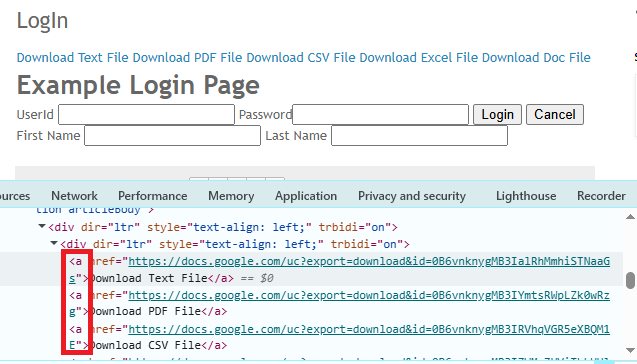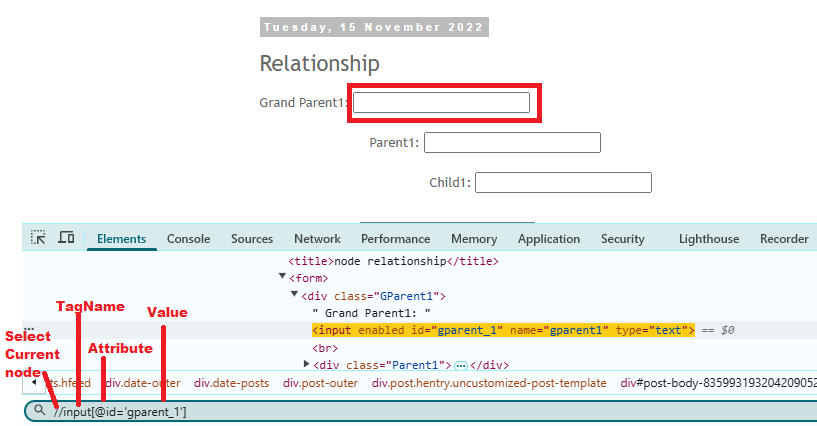Last updated on June 18th, 2025 at 12:36 pm
- ArrayList class is sub class of collection interface which implements to List interface.
- ArrayList class provides resizable-array so it can grow automatically as per requirement which resolves fixed Array limitation where you have to pre-define the size of array.
- It can hold null elements too.
- It is not synchronized implementation so if multiple threads accessing it concurrently and any one from them modifies the entry then it must be synchronized externally.
- Also it can hold duplicate elements.
Important methods of ArrayList class are as below.
- boolean add(E e) : It will append given element at the end of this ArrayList.
- void add(int index, E element) : It will add specified element at the given index in list.
- boolean addAll(Collection<? extends E> c) : It will append all the elements of given collection at the end of array list. Appending order will be as per returned by collection’s iterator.
- boolean addAll(int index, Collection<? extends E> c) : It will insert all elements of specified collection in ArrayList starting from given index.
- void clear() : It will clear List by removing all elements from it.
- Object clone() : It will return shallow copy of ArrayList.
- boolean contains(Object o) : It will return true if given element is present in list.
- void ensureCapacity(int minCapacity) : It will increases the capacity of array list if required to make sure that it can store the elements as per given minCapacity argument.
- E get(int index) : It will get element from specified inced from array list.
- int indexOf(Object o) : It will return the index of specified object(first occurrence) from array list.
- boolean isEmpty() : It will check and return true if array list is empty.
- Iterator<E> iterator() : It will return an iterator over the elements from array list.
- int lastIndexOf(Object o) : It will return index of last occurrence of specified element.
- ListIterator<E> listIterator() : It will return the list iterator over the elements of array list.
- ListIterator<E> listIterator(int index) : It will return the list iterator over the elements of array list starting from specified index.
- E remove(int index) : It will remove element from array list which is stored at specified index.
- boolean remove(Object o) : It will remove specified element(first occurrence) from array list.
- boolean removeAll(Collection<?> c) : It will remove all elements from list which are specified in given collection.
- protected void removeRange(int fromIndex, int toIndex) : It will remove elements from list starting from fromIndex to toIndex.
- boolean retainAll(Collection<?> c) : It will retain only those elements in array list which are specified in given collection.
- E set(int index, E element) : It will replace given element in array list at specified position.
- int size() : It will return size of array list.
- List<E> subList(int fromIndex, int toIndex) : It will return sub list of elements from this list starting from fromIndex(inclusive) to toIndex(exclusive).
- Object[] toArray() :It will return proper sequential array of all array list elements.
- void trimToSize() :It will trim size of array list as per it’s current size.
Below given example will show you usage of ArrayList class’s different methods.
ArrayListExample
package JAVAExamples;
import java.util.ArrayList;
import java.util.Iterator;
public class ArrayListClassExample {
public static void main(String[] args) {
// Create array list.
ArrayList<String> a = new ArrayList<String>();
// Add elements in array list.
a.add("one");
a.add("two");
a.add("three");
a.add("four");
a.add("one");
a.add("six");
a.add("seven");
a.add("eight");
//Iterating over the arraylist elements.
Iterator itr = a.iterator();
System.out.println("ArrayList items are : ");
while (itr.hasNext()) {
System.out.println(itr.next());
}
//Add item at specified index.
a.add(5, "nine");
System.out.println("Now ArrayList items are : "+a);
//Get item from specified index.
System.out.println("Item at index 6 is : "+a.get(6));
//Remove item from array list.
a.remove("three");
System.out.println("Now ArrayList items are : "+a);
//Get index of element from array list.
System.out.println("Index of one is : "+a.indexOf("one"));
//Get last index of element from array list.
System.out.println("Last Index of one is : "+a.lastIndexOf("one"));
}
}Output :
ArrayList items are :
one
two
three
four
one
six
seven
eight
Now ArrayList items are : [one, two, three, four, one, nine, six, seven, eight]
Item at index 6 is : six
Now ArrayList items are : [one, two, four, one, nine, six, seven, eight]
Index of one is : 0
Last Index of one is : 3


